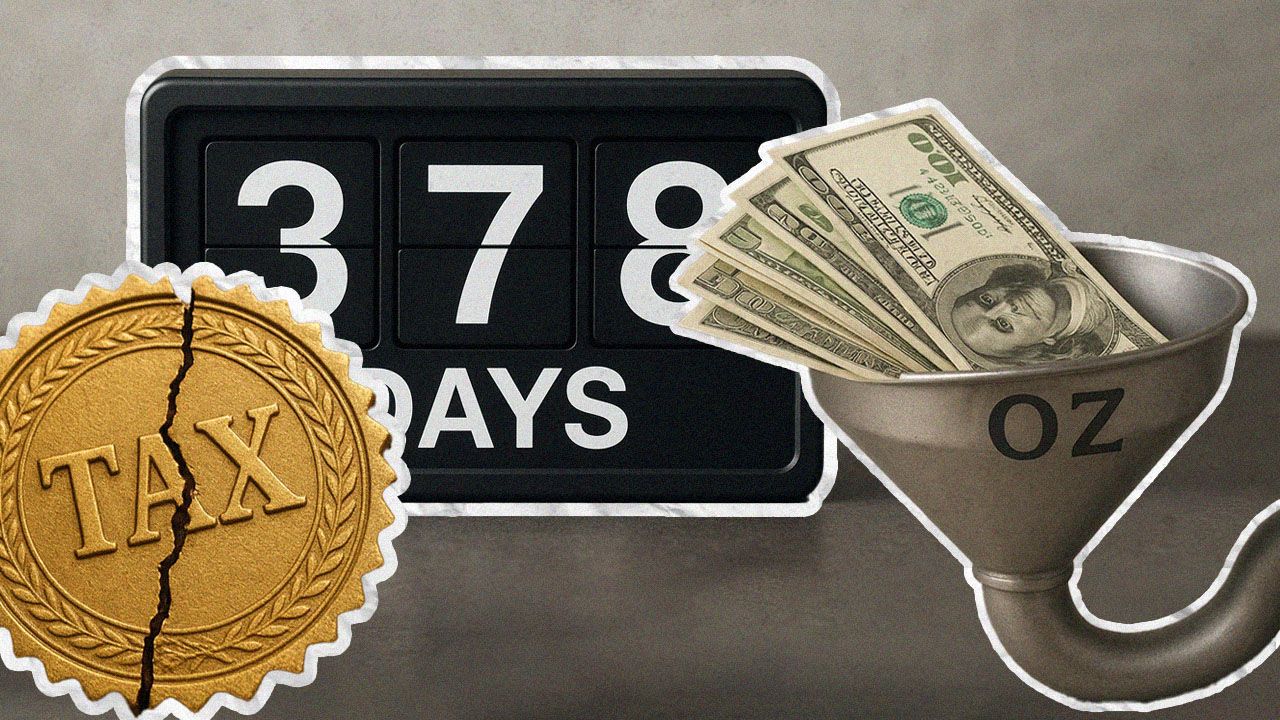June 2025 Real Estate: Frozen Market, Hot Opportunities
Jul 03, 2025
Written by David Dodge
The U.S. real estate market in June 2025 is a captivating mix of caution, opportunity, and innovation, drawing in everyone from first-time homebuyers to seasoned investors. Picture a market caught in a tense standoff: buyers are holding back, sellers are digging in, and yet, new possibilities—like homes bought with cryptocurrency—are shaking things up. This blog takes you deep into the heart of today’s housing landscape, unpacking why the market feels “frozen,” where opportunities are emerging, and how economic and technological shifts are reshaping the way Americans buy and sell homes. Whether you’re dreaming of your first home, planning to sell, or looking to invest, this extended guide breaks down the latest trends with clarity and insight, with the most critical facts hyperlinked to their sources for transparency and credibility.
A Market in Pause: Why the Housing Scene Feels "Frozen"
The U.S. housing market is in a state that many experts describe as “frozen,” and the data backs up this chilly metaphor. New home sales plummeted 13.7% in May 2025 from April, hitting a seasonally adjusted annual rate of 623,000 units. This dramatic decline isn’t just a statistic—it’s a signal that buyers across the country are pressing pause, spooked by a combination of high home prices, elevated mortgage rates, and a swirl of economic uncertainties. In places like Austin, Texas, where the market was red-hot just a few years ago, real estate agents report a noticeable slowdown. Homes are sitting on the market longer, open houses are quieter, and negotiations are becoming tenser as buyers and sellers struggle to find common ground.
So, what’s driving this freeze? For one, affordability remains a massive challenge. Home prices have barely budged, with a mere 0.1% drop in May 2025, marking only the fourth monthly decline in a decade. This means that despite a slight softening, homes are still priced near historic highs, out of reach for many Americans. To make matters worse, mortgage rates are holding steady at around 6.85% for a 30-year conforming loan as of June 5, 2025. For a $400,000 home with a 20% down payment, that translates to monthly payments of about $2,100—excluding taxes and insurance—a hefty burden for middle-class families.
Beyond the numbers, broader economic factors are adding to the chill. Proposed tariffs on imported construction materials, like lumber and steel, are driving up building costs, making it harder for developers to bring new homes to market. Additionally, recent ICE enforcement actions at construction sites have disrupted labor availability, further slowing homebuilding. Then there’s the psychological factor: homeowners who bought at the market’s peak in 2021 or 2022 are increasingly “underwater,” meaning they owe more on their mortgages than their homes are currently worth. For example, a family in Phoenix who paid $500,000 for a home at the height of the market might now find it valued at $450,000. Listing at a loss feels like a defeat, so many are choosing to wait, further clogging the market.
A Silver Lining: Inventory is Growing, and Buyers are Gaining Leverage
Despite the frozen market, there’s a warm ray of hope for buyers: inventory is on the rise. Active listings surged in May 2025, up 6.2% month-over-month and 20.3% year-over-year, pushing the months of supply to 4.6. To put this in perspective, a “months of supply” of 4.6 means it would take about 4.6 months to sell all available homes at the current sales pace—a sign the market is shifting toward balance. In specific regions, the change is even more striking. In Boulder County, Colorado, for instance, active listings hit 1,550, up 10% from April 2025 and 30% from June 2024. This influx of homes gives buyers more options, from cozy starter homes to sprawling suburban properties, and it’s creating leverage they haven’t had in years.
This growing inventory is setting the stage for what some experts call the most buyer-friendly summer in nearly a decade. Sellers are starting to feel the pressure, with price reductions becoming more common—up 17% in May 2025 compared to May 2024. In practical terms, this means a home listed at $600,000 might now see a $20,000–$30,000 cut to attract offers, especially in markets with high inventory. Florida, in particular, is a hotspot, with metropolitan areas like Miami and Tampa topping lists of places where homes are selling quickly by June 2025. For buyers, this is a chance to negotiate better deals, secure homes at slightly lower prices, or even ask for concessions like closing cost assistance. However, timing is key—working with a local real estate agent to analyze market trends can help buyers avoid overpaying in a still-competitive landscape.
The Luxury Market: A Tale of Cash and Caution
The luxury real estate market is a world apart, blending bold financial moves with cautious strategy. Wealthy buyers are increasingly turning to cash to sidestep high mortgage rates, with over half of surveyed agents reporting a rise in all-cash purchases in the first five months of 2025. This trend is particularly strong in cities like New York and Los Angeles, where multimillion-dollar deals are still closing, often for prime properties like penthouses or beachfront estates. However, even the luxury market isn’t immune to turbulence. A stock market dip in April 2025 led to a noticeable slowdown in luxury home sales in May, and more sellers are trimming list prices to attract buyers.
For example, a $10 million condo in Miami might have been listed at $11 million a year ago, but today’s sellers are more likely to price closer to market value to avoid long listing times. This cautious approach reflects broader economic volatility, including concerns about proposed tax policies and global trade tensions. Yet, for buyers with deep pockets, this is a moment of opportunity—cash offers can secure prime properties at prices that were unthinkable during the market’s peak.
Crypto Meets Real Estate: A New Frontier?
One of the most exciting and futuristic trends in June 2025 is the growing intersection of cryptocurrency and real estate. Roughly 14% of homebuyers in 2025 plan to sell crypto assets to fund down payments, up from just 5% in 2019. This shift is driven by younger, tech-savvy buyers who’ve amassed wealth in digital currencies like Bitcoin or Ethereum. New platforms are emerging to make this easier, helping buyers convert crypto to cash for home purchases or even use home equity to invest further in crypto markets.
Imagine this scenario: a 30-year-old tech entrepreneur in San Francisco sells $200,000 worth of Bitcoin to cover a down payment on a $1 million condo. Or, a homeowner in Austin uses their property’s equity to buy more crypto, betting on its long-term growth. While still a small segment of the market, this trend is gaining momentum and could reshape real estate financing. It’s a sign of how technology is blurring the lines between traditional assets and digital wealth, creating new possibilities for buyers and investors.
Regional Hotspots and Economic Headwinds
The U.S. real estate market is a patchwork of regional dynamics. In San Francisco, new listings in May 2025 held steady with last year, but sales dropped 6-7% year-over-year, with condos and co-ops making up the bulk of transactions. This suggests a cooling urban market where buyers are picky, and sellers are adjusting expectations. In contrast, Las Vegas is buzzing, with realtors reporting strong activity in new listings and sales, particularly for single-family homes in growing suburbs. Sun Belt cities like Las Vegas, Phoenix, and Tampa are seeing more action, driven by affordability compared to coastal markets and an influx of remote workers.
Economic headwinds are a constant factor. Proposed tariffs on imported goods and a potential $4 trillion tax bill are creating uncertainty, raising costs for builders and dampening buyer confidence. The Federal Reserve’s decision to hold interest rates steady in June 2025 keeps mortgage rates high, squeezing affordability. However, there’s a light at the end of the tunnel: slowing inflation and a dovish Fed outlook suggest possible rate cuts later in 2025, which could lower mortgage rates and spark renewed activity.
What’s Next for Buyers, Sellers, and Investors?
For buyers, the rising inventory and increasing price cuts are creating a rare window of opportunity. Markets with high supply, like Boulder or parts of Florida, offer more choices and negotiating power. However, it’s critical to work with a local real estate agent to navigate pricing trends and avoid overpaying in competitive pockets. For example, a buyer in Tampa might use recent price reduction data to negotiate a $15,000 discount on a $350,000 home, saving thousands over the life of the loan.
For sellers, realistic pricing is more important than ever. Overpricing can lead to homes sitting unsold for months, forcing larger price cuts later. In markets like Austin, where inventory is high, pricing competitively from the start can attract serious buyers quickly. Staging, professional photos, and highlighting unique features—like energy-efficient upgrades—can also make a difference.
For investors, the long-term outlook remains promising. The U.S. real estate market is projected to grow at a CAGR of 2.80% from 2025 to 2034, driven by population growth, urbanization, and demand for rental properties. Investors might consider markets with strong rental demand, like Las Vegas or Raleigh, or explore emerging trends like crypto-backed real estate deals for higher returns.
Final Thoughts: Navigating a Dynamic Market
The June 2025 real estate market is a fascinating blend of challenges and possibilities. From a “frozen” market with declining sales to rising inventory and innovative financing, there’s something for everyone—whether you’re a cautious buyer, a strategic seller, or a forward-thinking investor. Stay informed by tracking local market trends, lean on expert advice from realtors, and be ready to act when opportunities arise. The market may feel stuck, but for those who navigate it wisely, it’s full of potential.
What’s happening in your local market? Are you seeing more homes for sale, or is crypto making waves in your area? Share your thoughts, and let’s keep the conversation going!







